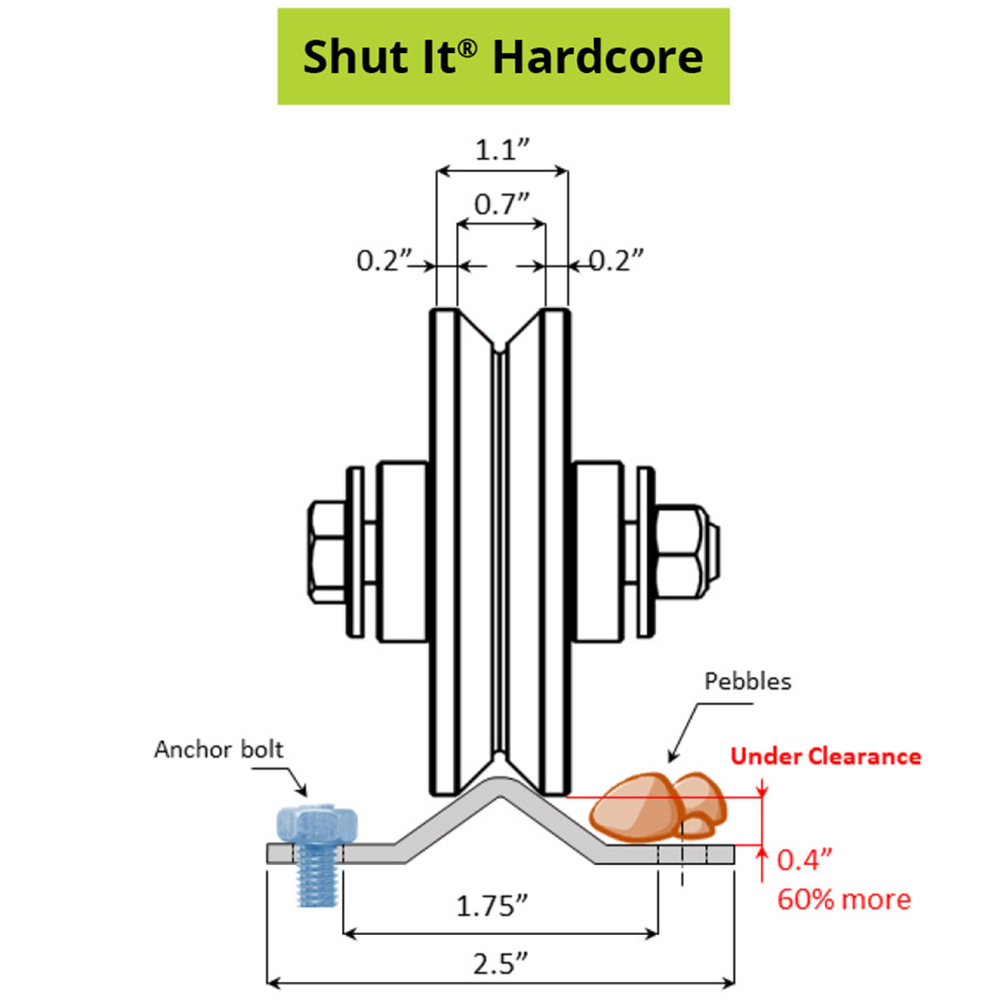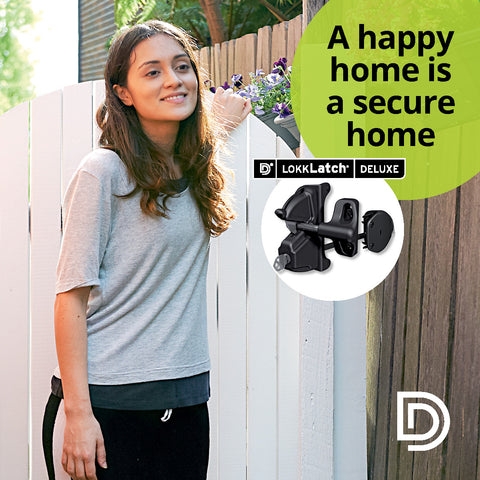Pool Code Safety and Compliance
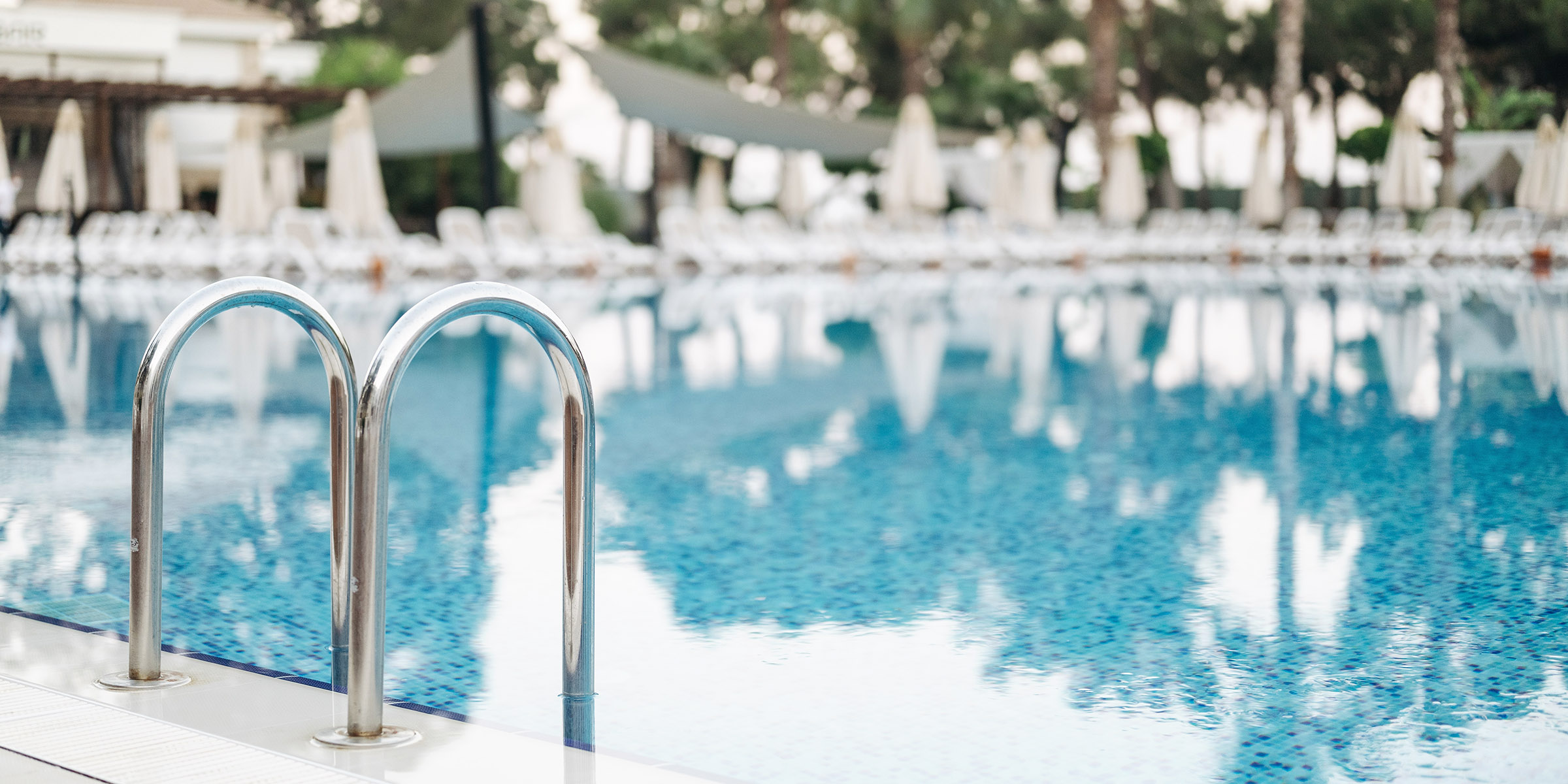
A swimming pool fence is designed around swimming pools and creates a physical barrier that helps restrict unsafe swimming pool access to small children. To comply with BOCA/ICC building codes, swimming pool fences must include self-closing hinges and self-latching gates. Swimming pool fences are designed so that young children are unable to either climb over them or go through them by either slipping through the pickets or opening the gate. They are manufactured to strict standards to be sturdy, durable, and non-climbable.
A successful pool fence prevents a child from getting OVER, UNDER, or THROUGH and keeps the child from gaining access to the pool except when supervising adults are present. If the pool fence barrier is too low or has handholds/footholds for climbing, the fence will not meet BOCA compliance. The top of the pool fence needs to be at least 48 inches above the ground, measured from the side of the fence that faces away from the swimming pool.
Preventing a child from getting through a pool barrier can be done by restricting the sizes of openings in a pool fence and using self-closing and self-latching gates. The most commonly used method for measuring openings in fences and other barriers surrounding pools is the 4-inch sphere rule, designed to check spaces within the pool fence that would be big enough for a small child's head and chest to fit through.
BOCA Pool Codes:
- 1. The top of the barrier shall be at least 48 inches above finished ground level measured on the side of the barrier which faces away from the swimming pool. The maximum vertical clearance between the finished ground level and the barrier shall be 2 inches measured on the side of the barrier which faces away from the swimming pool. Where the top of the pool structure is above finished ground level, such as an above-ground pool, the barrier shall be at finished ground level, such as the pool structure, or shall be mounted on top of the pool structure. Where the barrier is mounted on the pool structure, the opening between the top surface of the pool frame and the bottom of the barrier shall not allow passage of a 4-inch diameter sphere.
- 2. Openings in the barrier shall not allow passage of a 4-inch diameter sphere.
- 3. Solid barriers shall not contain indentations or protrusions except normal construction tolerances and tooled masonry joints.
- 4. Where the barrier is composed of horizontal and vertical members. The distance between the tops of the horizontal members is less than 45 inches. The horizontal members shall be located on the swimming pool side of the fence. Spacing between vertical members shall not exceed 1-3/4 inches in width. Decorative cutouts shall not exceed 1-3/4 inches in width.
- 5. Where the barrier is composed of horizontal and vertical members and the distance between the tops of the horizontal members is 45 inches or more, spacing between the vertical members shall not exceed 4 inches. Decorative cutouts shall not exceed 1-3/4 inches in width.
- 6. Maximum mesh size for chain link fences shall be a 1-1/4 inch square unless the fence is provided with slats fastened at the top or bottom which reduce the openings to not more than 1-3/4 inches.
- 7. Where the barrier is composed of diagonal members, such as a lattice fence, the maximum opening formed by diagonal members shall not be more than 1-3/4 inches.
- 8. Access gates shall comply with the requirements of items 1 through 7 of section 421.10.1 and shall be equipped to accommodate a locking device. Pedestrian access gates shall open outwards away from the pool and shall be self-closing and have a self-latching device. Gates other than pedestrian access gates shall have a self-latching device. Where the release mechanism of the self-latching device is less than 54 inches from the bottom of the gate: (a) the release mechanism shall be located on the poolside of the gate at least 3 inches below the top of the gate; and (b) the gate and barrier shall not have an opening greater than 1/2 inch within 18 inches of the release mechanism.
- 9. Where a wall of a dwelling unit serves as part of the barrier and contains a door that provides direct access to the pool, one of the following shall apply:
- 9.1. All doors with direct access to the pool through that wall shall be equipped with an alarm that produces an audible warning when the door and its screen, if present, are opened. The audible warning shall commence not more than 7 seconds after the door and door screen, if present, are opened and shall sound continuously for a minimum of 30 seconds. The alarm shall have a minimum sound pressure rating of 85 Dba at 10 feet and the sound of the alarm shall be distinctive from other household sounds such as smoke alarms, telephones, and doorbells. The alarm shall automatically reset under all conditions. The alarm shall be equipped with manual means, such as touchpads or switches, to deactivate temporarily the alarm for a single opening from either direction. Such deactivation shall last for not more than 15 seconds. The deactivation touchpads or switches shall be located at least 54 inches above the door's threshold.
- 9.2. All doors with direct access to the pool through that wall shall be equipped with a self-closing and self-latching device with a release mechanism located a minimum of 54 inches above the floor. Swinging doors shall open away from the pool area.
- 9.3. The pool shall be equipped with a power safety cover. Where in a closed position, the cover shall be capable of holding a weight of 485 pounds, shall not have any openings that allow passage of a 4-1/2 inch sphere, and shall incorporate a system to drain standing water that collects on the cover. The cover control switch shall be permanently installed by NFPA 70 listed in chapter 35 and be key operated and of a spring-loaded or momentary contact type. Where the switch is released, the operation of the cover shall stop instantly and be capable of reversing direction immediately. The switch shall be in the line of sight of the complete pool cover.
- 10. Where an above-ground pool structure is used as a barrier or where the barrier is mounted on top of the pool structure, and the means of access is a fixed or removable ladder or steps, the ladder or steps shall be surrounded by a barrier that meets the requirements of items 1 through 9 of section.
- 10.1. A removable ladder shall not constitute an acceptable alternative to enclosure requirements.
- 10.2. Indoor private swimming pool: All walls surrounding an indoor private swimming pool shall comply with section 10.1, item 9.
- 10.3. Prohibited locations: Barriers shall be located so as to prohibit permanent structures, equipment, or similar objects from being used to climb the barriers.
Pool Gate Safety Checklist

- Gate swings outward away from the pool
- Latch release is out of reach of children under 5
- Fence meets height requirements for your area
- Gate and fence are positioned away from climbable objects
- Hinges are rust-free, self-closing, and adjustable
- Latch cannot be locked in an "open" position
- Latch remains secure and cannot be forced open
- Gate latches from any angle or position
Pool Safety Standards & Regulations
When it comes to pool safety compliance, various national and international organizations have established standards and recommendations to ensure barrier effectiveness, drowning prevention, and overall safety. Below are key organizations and guidelines that influence pool safety laws and best practices.
Key Pool Safety Standards & Guidelines
- VGBA - Virginia Graeme Baker Pool and Spa Safety Act: Federal law designed to prevent pool and spa entrapments by requiring compliant drain covers and safety features. Read more
- ICC - International Code Council: Establishes building and safety codes used across the U.S. for pool barriers, fencing, and enclosures. Read more
- CPSC - U.S. Consumer Product Safety Commission: Provides safety recommendations for pool barriers, gates, and other drowning prevention measures. Read more
- ASTM International - F1908: A widely recognized safety standard for pool fences and barriers. Read more
- APSP - Association of Pool & Spa Professionals: Offers best practices for safe pool operation and maintenance. Read more
- NDPA - National Drowning Prevention Alliance: Focuses on education and advocacy to reduce drowning incidents. Read more
- Pool Safely - CPSC Initiative: A campaign promoting pool safety awareness and regulations. Read more
National Pool Barrier Codes
- VGBA - Virginia Graeme Baker Act: Federal requirements for drain safety and entrapment prevention.
- CPSC Pool Barrier Recommendations: Used as the foundation for many local and national pool safety codes.
- ICC - International Building Code (IBC) & International Residential Code (IRC): Adopted across the U.S. to standardize pool fence and gate requirements.
- ADA - Americans with Disabilities Act: Ensures accessibility for individuals with disabilities. However, in cases of conflict with pool safety codes, safety takes precedence.
- NFPA - National Fire Protection Association: Establishes fire and electrical safety guidelines for pools and spas.
Local & State Pool Barrier Codes
ICC Building & Residential Codes: The International Building Code (IBC) and International Residential Code (IRC) have been adopted in all 50 states, though specific requirements may vary by location.
Important Reminder
Pool codes and regulations differ by state and municipality. Before installing a pool, fence, or safety barrier, always check with local building departments and ordinances to ensure full compliance with safety laws.
MagnaLatch vs. LokkLatch Pool Gate Latches
When choosing a pool fence gate latch, many buyers compare MagnaLatch and LokkLatch to determine which best meets their security, durability, and compliance needs. Both brands are highly regarded for their self-latching technology and strong build quality, but they cater to different user preferences and requirements.
Why MagnaLatch is a Leading Choice for Pool Safety
MagnaLatch is widely recognized for its high-security magnetic latching system, specifically designed to meet pool safety regulations. Its self-latching and lockable mechanism ensures that the gate automatically secures upon closing, providing reliable protection. The top-pull design enhances child safety by keeping the latch out of reach, a crucial feature for compliance with pool fence regulations. Additionally, models like the D&D MagnaLatch with alarm offer added security by alerting homeowners when the gate is left open, further reducing the risk of unauthorized access.
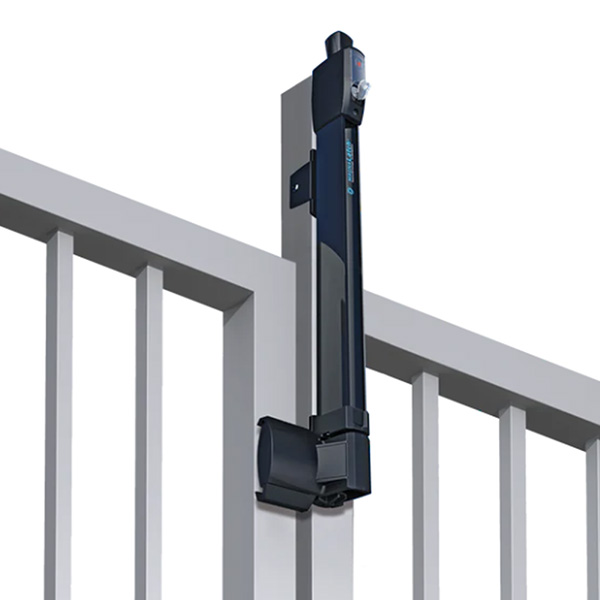
- Self-latching & key-lockable
- BOCA-compliant for pool safety
- Rust-resistant & weatherproof
- Compatible with metal, wood, and vinyl gates
Why LokkLatch is a Versatile and Reliable Option
LokkLatch, another industry-leading brand, is known for its affordability and adaptability. It features a mechanical latching system that provides a secure fit for various gate materials, including wood, metal, and vinyl. While it lacks the top-pull design found in MagnaLatch, it still offers self-latching functionality with an easy-to-use key-locking option. This makes it a great choice for residential gates, backyard enclosures, and pet containment. However, while LokkLatch offers dependable security, it may not always meet the same stringent pool safety compliance standards as MagnaLatch.
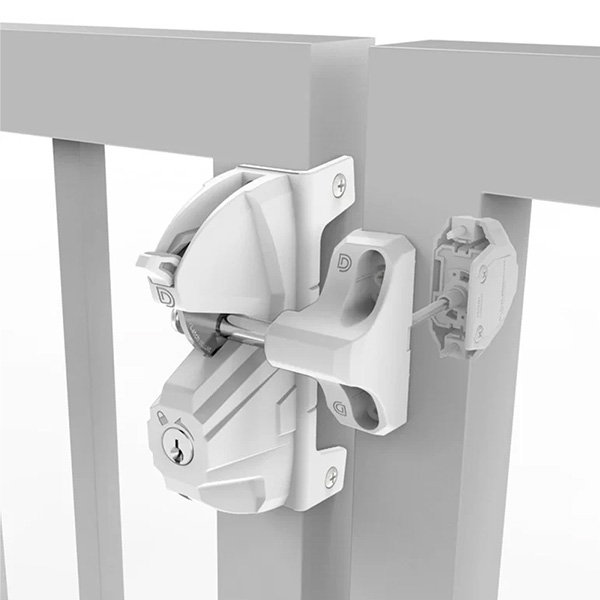
- Durable key-locking mechanism
- Versatile for residential & general gates
- Easy to install & adjust
- Weather-resistant for long-term use
Ensuring pool safety compliance is essential for preventing accidents and meeting local and national regulations. Various organizations, including the BOCA, VGBA, ICC, CPSC, and ASTM, provide safety standards that guide the proper design and installation of pool barriers, gates, and security features. Whether you're a homeowner, contractor, or property manager, following these guidelines helps create a secure pool environment that protects children, pets, and all pool users.
Since pool codes and requirements vary by location, always check with your local building authorities before installing a pool fence or gate. If you have any questions or need further clarification on pool safety standards and compliance, please don’t hesitate to reach out to us.
Contact UsLooking for a pool latch? Explore the best options for pool security and find a safety-certified latch that meets compliance requirements.
Learn More: Pool Gate Latches


